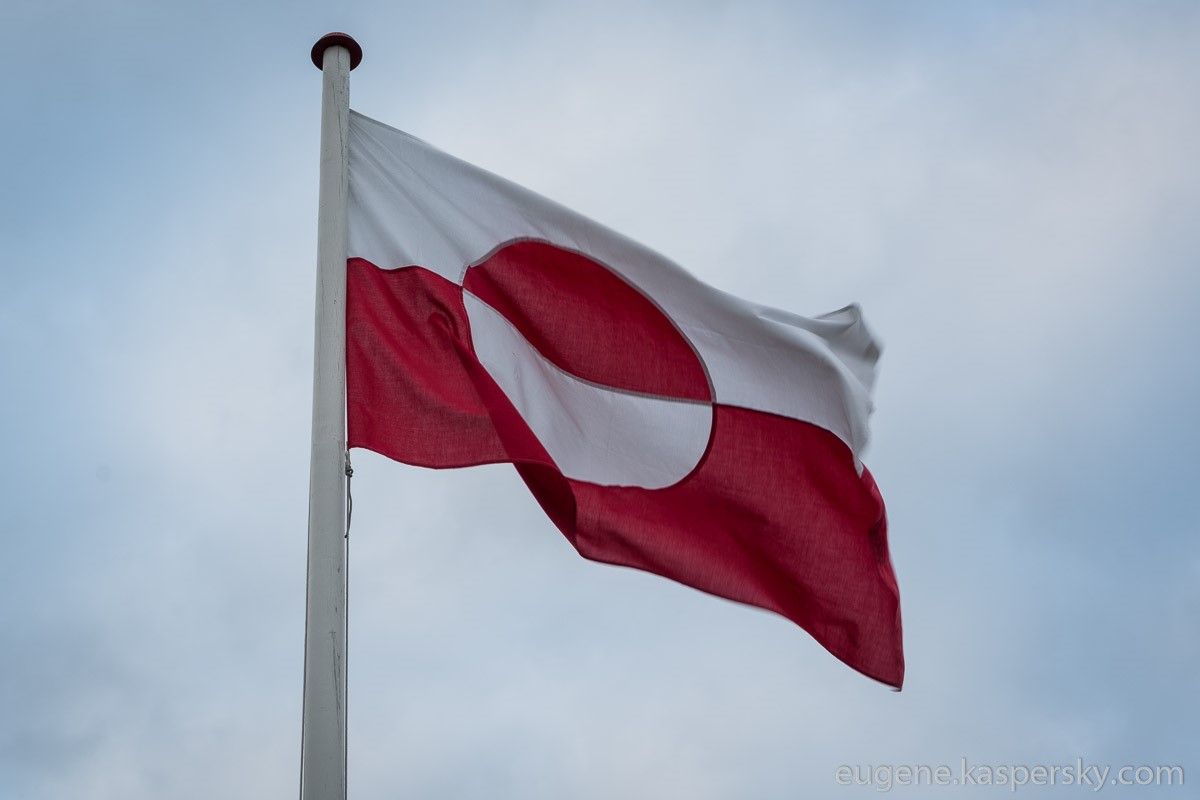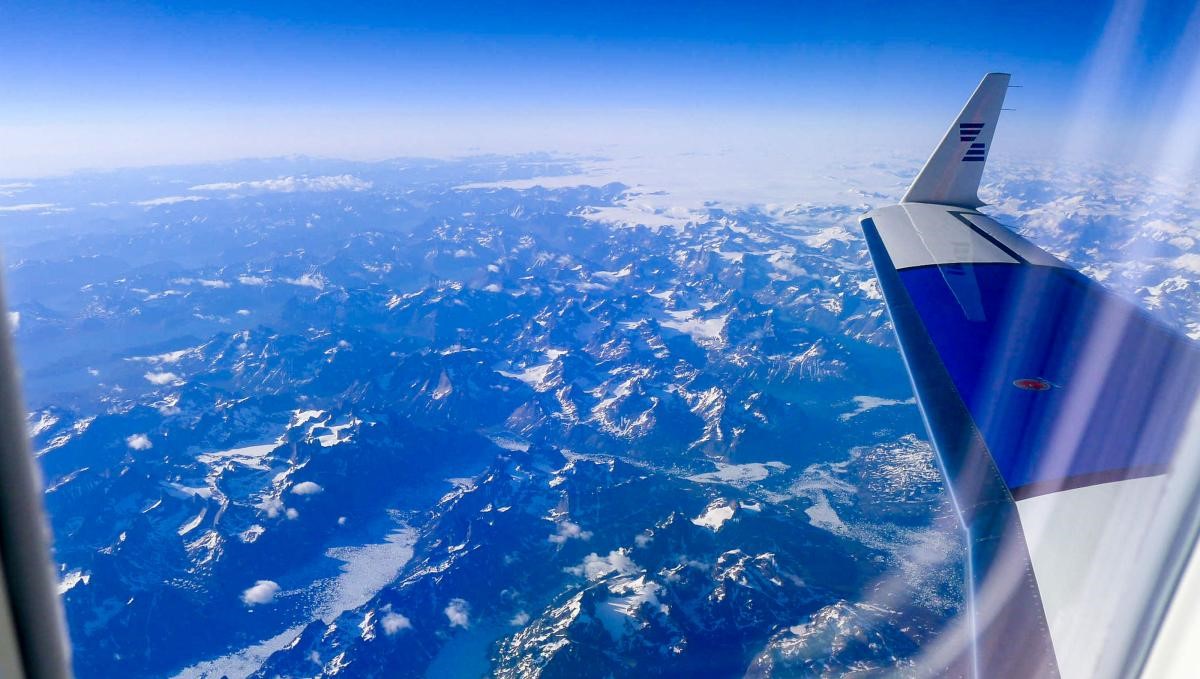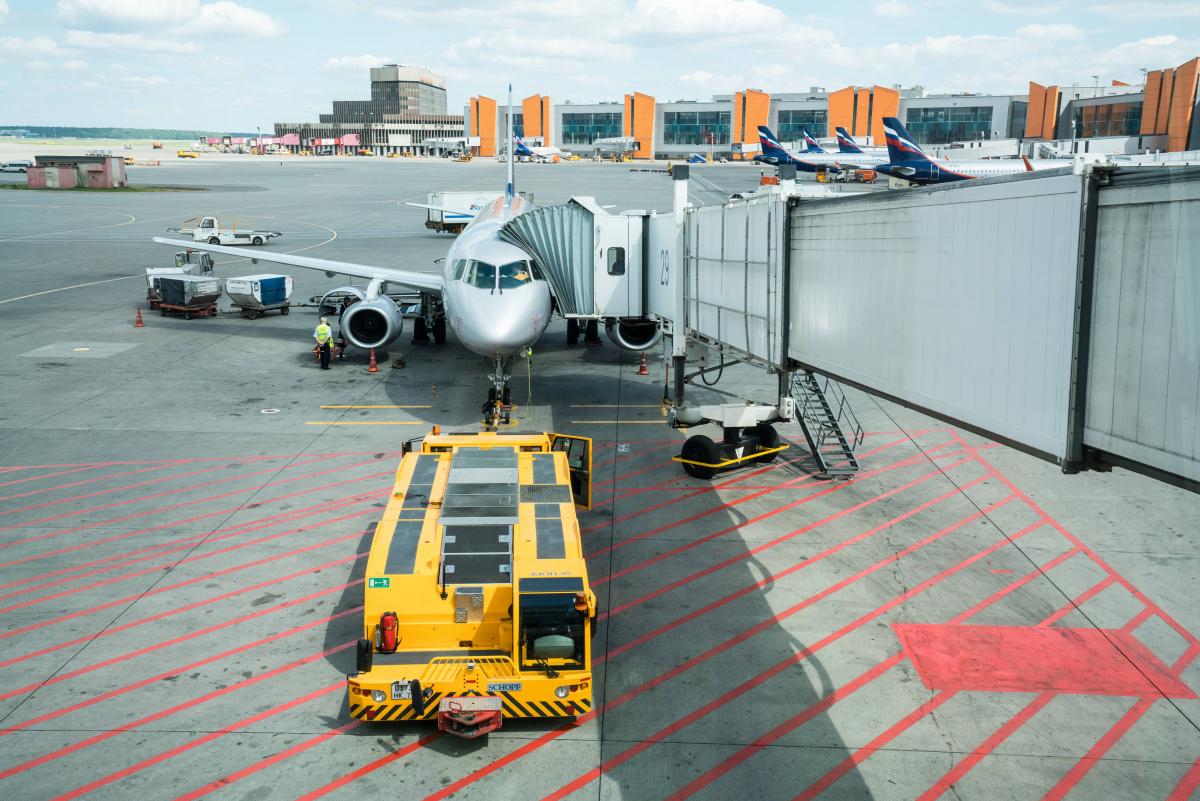Kangerlussuaq. Probably the strangest international airport in the world. First off, try pronouncing it properly. Hardly slips off the tongue now does it? I had trouble with it too.
Next there’s its geographic and demographic strangeness…
Have you ever seen an international hub airport with a local population of just 500 folks? Not 500,000 – 500! Well, now I have :).
And have you ever seen an airport where for domestic flights there are no security checks whatsoever?! In you stroll, you check in, hand over your luggage, and then you can go walkabout – wherever, including back outside the airport! When your plane’s due you walk to it from wherever you are with no security hassle. A dream!
Ok. Here’s the answer to question No. 2:
Greenland is a very rocky country, and a very glacial one. So building an airport – where you need a good stretch of flat land for the runway itself plus no rockiness in the near vicinity to get in the way of airplanes’ coming in to land and taking off – is no easy task. They did find one spot however that was deemed suitable – Kangerlussuaq: a freak bit of flat bedrock sufficiently far away from the nearest cliffs. The only problem: the runway is a mere 2.8km long!
Read on: Nuuk and Ilulissat




























